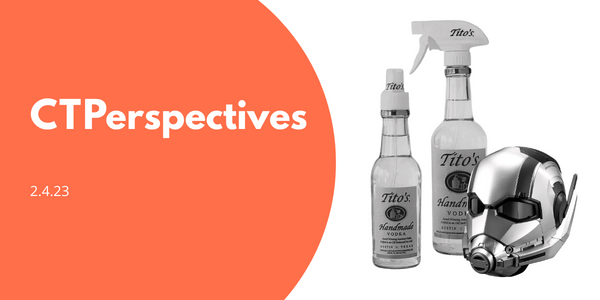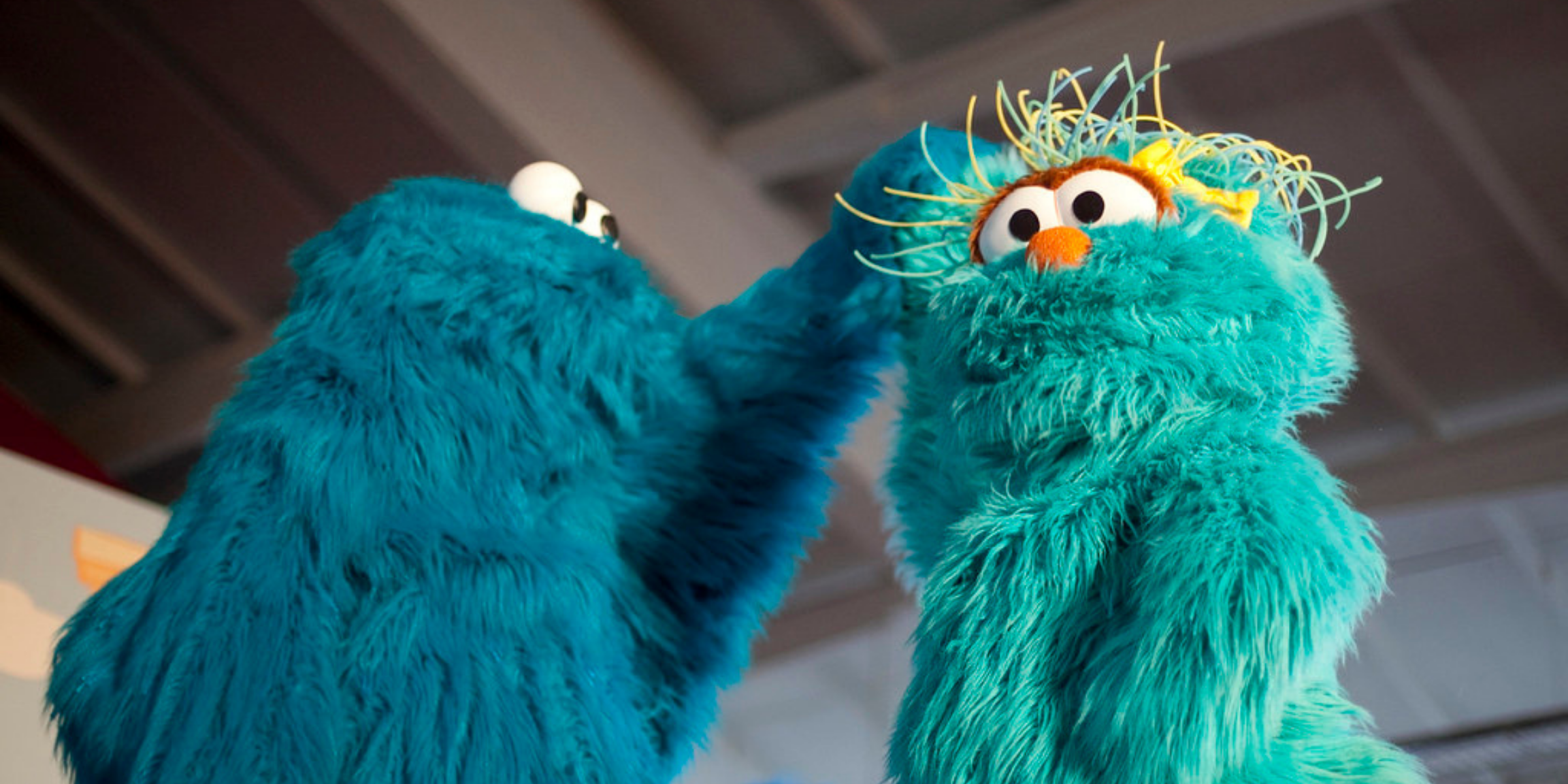Today marks the one-month anniversary of Pink Sunday.
If you were signed into any social account on April 19th, there’s no way you escaped the countless #LillyFail tweets, Instagram posts, news headlines… you name it. Lilly Pulitzer, the iconic, preppy fashion brand that has become synonymous with upper class socialites, had launched its partnered collection with Target. And the result was 24-hours of an epic brand nightmare.
Lilly had hoped to reach a new demographic at the discount store. But backlash against the collaboration began well before the actual launch. Troves of Lilly Pulitzer fans expressed their distaste for a discounted subset of the label on social media sites.
Marie Goldstein @ThePreppyMAG
Lilly and Jackie are crying tonight in heaven at the thought of #LillyForTarget. It was never supposed to be this way
Jenna @JJCaroccia
#LillyforTarget?? Oh, no! From luxury to mass-market and soon to be bargain bin, there goes one of my favorite brands
That didn’t stop either company. On the day of the launch, amidst splashes of pink and green and heaps of flamingos, Target stores around the country experienced complete mayhem as the collaboration that was intended to last for a few weeks lasted a mere 10 minutes, if that. The website produced working links to products that leaked early and Target purposefully had to slow down the site in hopes of preventing an all out crash. And once again, social media was aflame with angry females.
Targeting a new audience can be crucial for brands to grow and thrive. Many have done this really well. But this particular disaster proved to be a learning experience for both companies.
If there were ever a consumer who didn’t recognize the name Lilly Pulitzer before April 19th, they sure do now. Unfortunately, not all PR is good PR.
Customers’ perceptions of the Lilly Pulitzer brand have changed after the Target partnership announcement, and there are a few key lessons that marketers can take away:
First and foremost, consider your current audience.
Abandoning your loyal customers to gain new ones is a major mistake during brand expansion. It’s pertinent that companies find the happy medium when trying to merge new and old customers so that all fans can be on the same page with the brand and its products.
Treat all audiences the same.
One of the worst things that Lilly for Target could have done was only offer the new “plus-size” items from the collection online. If they were committed to expanding to reach a new demographic, everyone needed to be offered the same level of service and convenience. The label was promising something that they didn’t deliver on, and the result just looked discriminating.
Just listen.
Whether Lilly Pulitzer for Target didn’t anticipate the hype around the new collection, or they were being modest about potential outcomes, they certainly did not plan accurately. Perhaps if they had listened more intently to the consumer conversations leading up to the launch they would have anticipated the massive excitement, and troves of women would not have been flocking to their Twitter and Facebook pages complaining.
The amount of women who were trying to grab printed dresses in new discounted, extended sizes in a matter of hours was completely overwhelming, and no plan to deal with it was in place. Maybe it’s what Target was hoping for, but it proved to hurt the collection in the long run. And it could have been an easy fix, if only they had listened.




